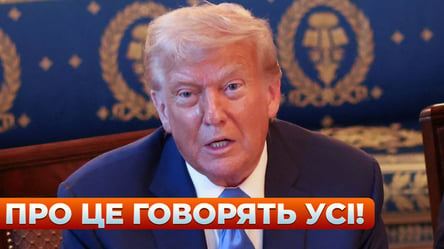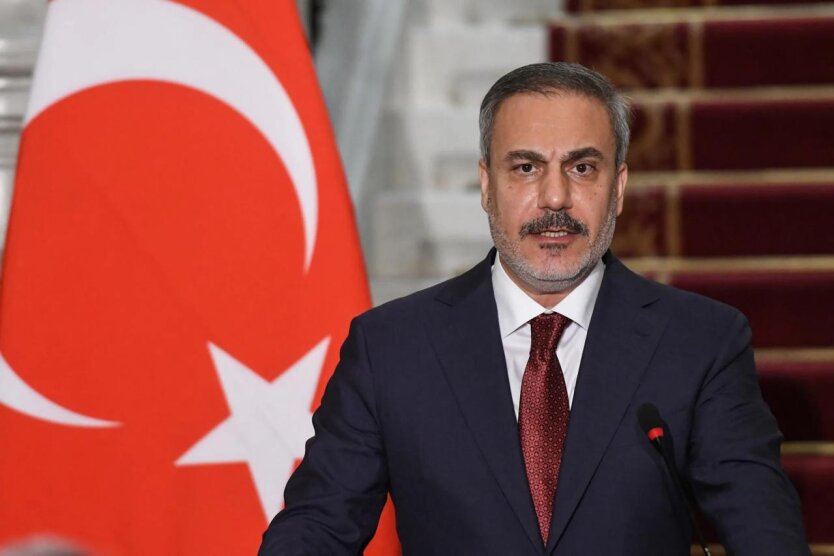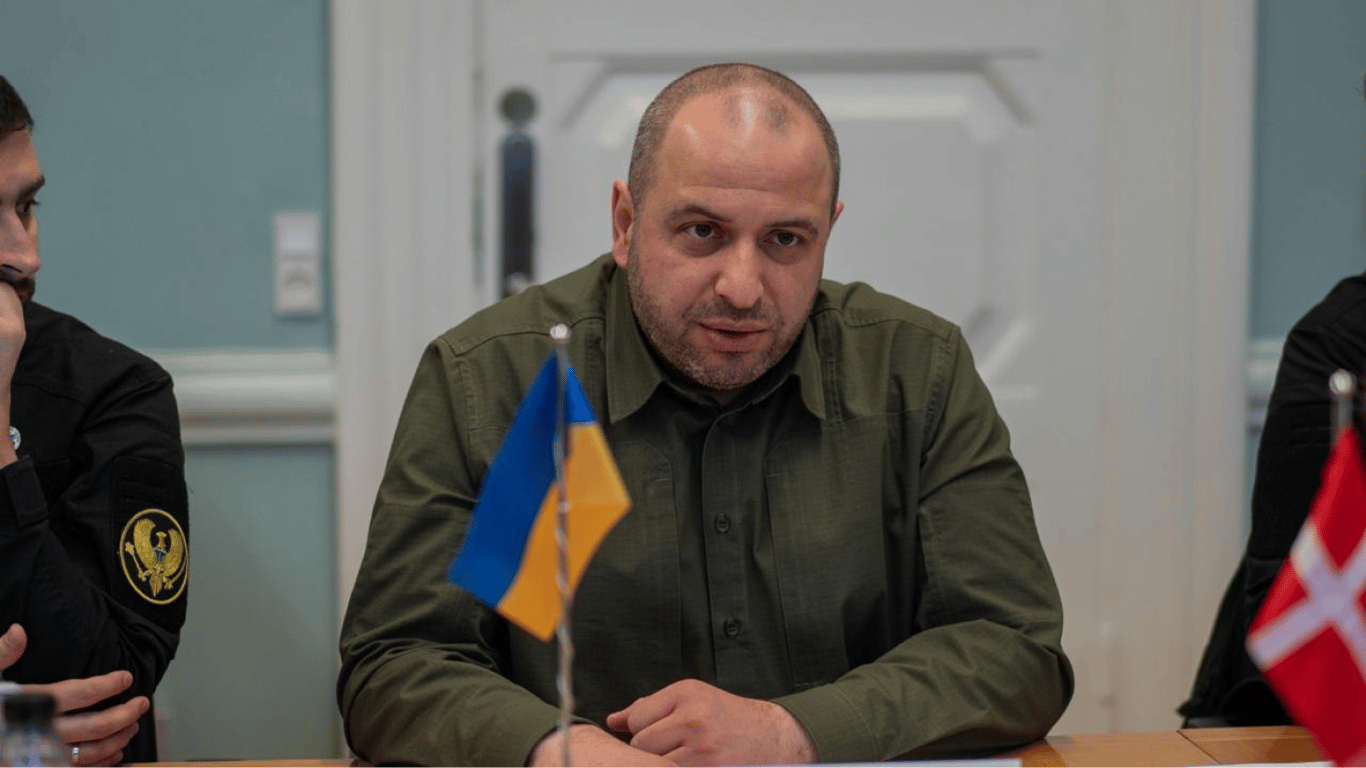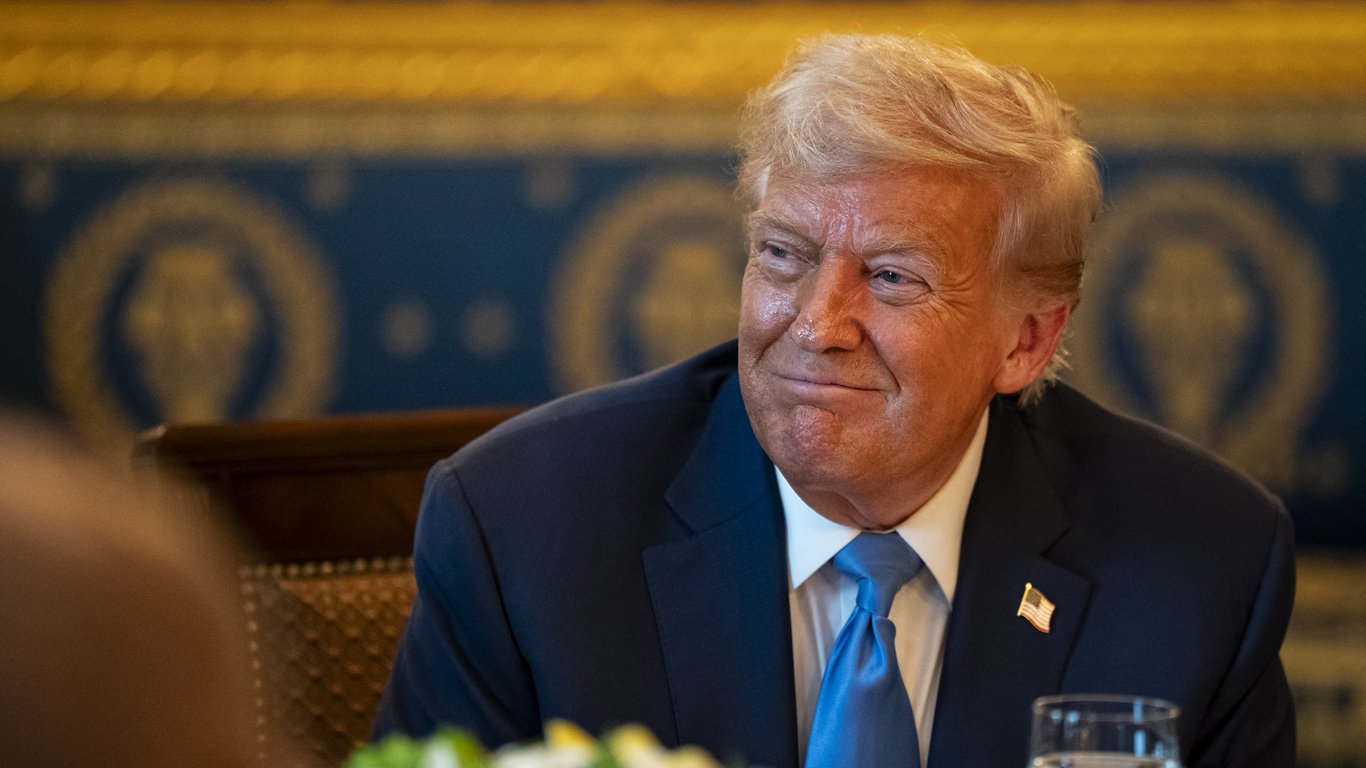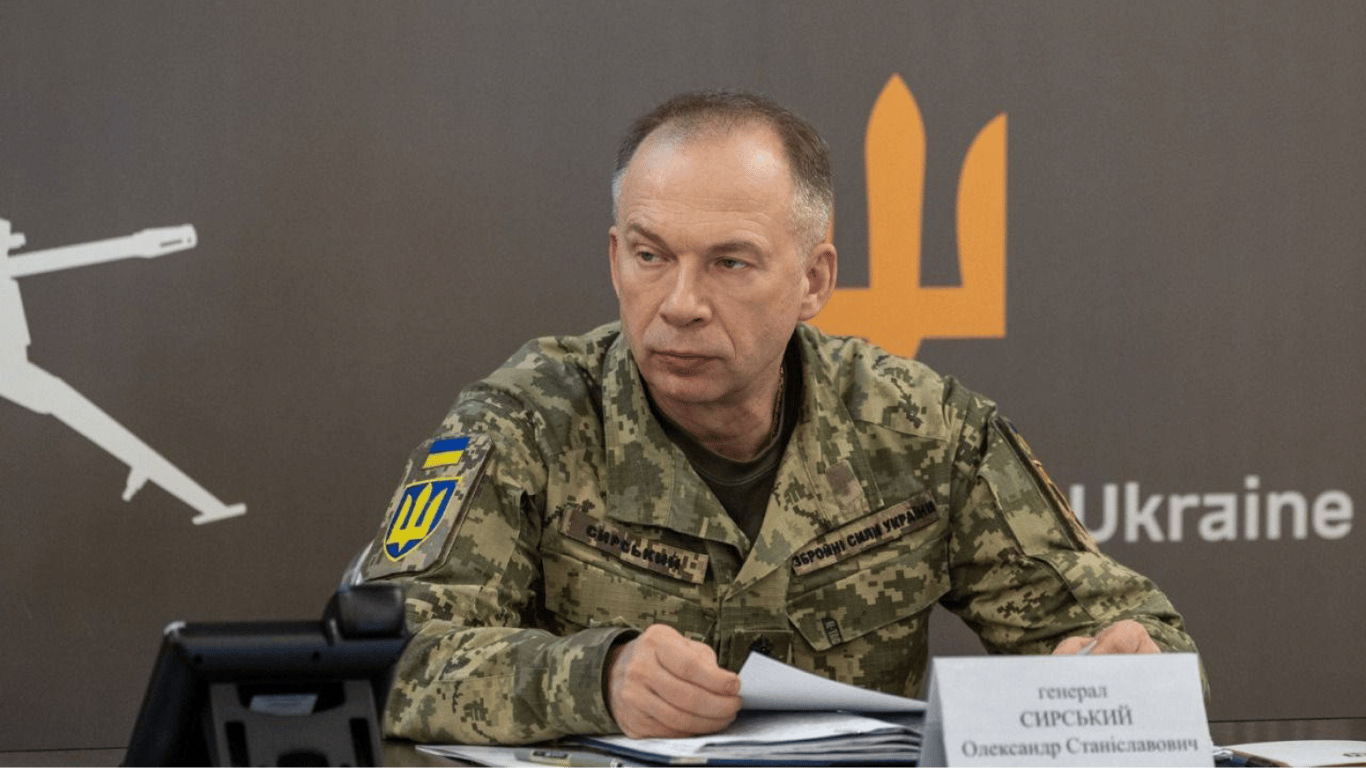European NATO members have reached a consensus on defense spending - President of the Euro Council.

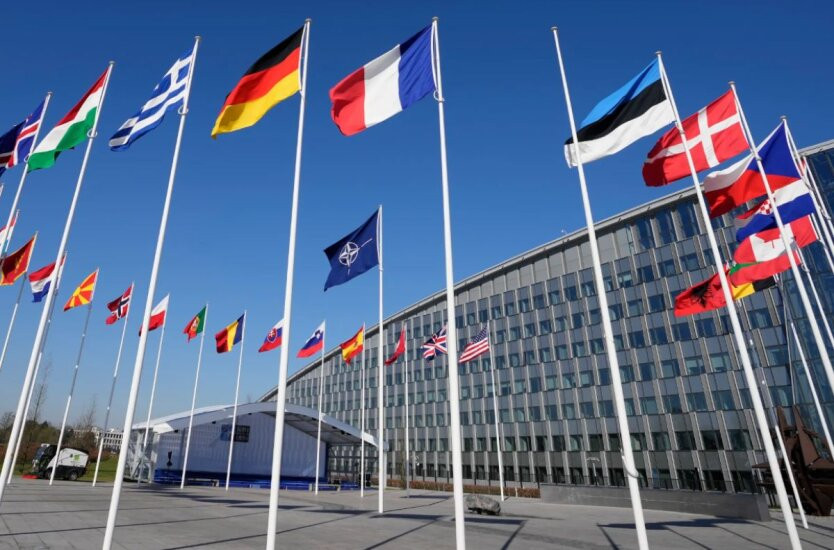
At the June NATO summit, 23 European Union countries that are also members of the Alliance may agree to increase defense spending above the current 2% of GDP, said European Council President António Costa.
According to Reuters, Costa has scheduled an informal meeting of EU leaders for next Monday, February 3, to discuss investments in defense and security. NATO Secretary General Mark Rutte and UK Prime Minister Keir Starmer will also participate in the meeting, ZN.UA reports.
The joint defense spending of 23 EU countries in NATO already meets the target of 2% of GDP due to an increase in defense expenditures following Russia's invasion of Ukraine in February 2022, Costa noted.
'There is a very strong consensus among member countries to continue down this path. I would expect that at the next NATO summit in June, a target higher than 2% will be set. Whether it will be 5% or 3%, I do not know; that is a decision that the member countries within NATO will make,' he added.
Costa, a former Prime Minister of Portugal, called Russia the main threat to NATO and stated that allies need to focus on improving air defense systems and electronic warfare.
According to him, spending on defense technologies and industry will also enhance the competitiveness of the EU economy. Costa emphasized that in the future it may be necessary to discuss 'joint funding' of collective defense.
US President Donald Trump demands that NATO allies allocate at least 5% of GDP to defense. So far, none of the 32 Alliance countries, including the US, have reached that level. Analysts and officials believe that spending 5% of GDP on defense is practically impossible for most NATO countries since it would require significant additional financial support. However, at the Alliance's June summit, allies are expected to agree to increase spending beyond 2% of GDP on defense.
Read also
- Trump assured Zelensky of US assistance - details from WSJ
- We have to do this: The USA will provide Ukraine with more defensive weapons - Trump
- Trump Declares State of Emergency in Texas
- American general spoke about Trump's temperament and advised how Ukrainians can win him over
